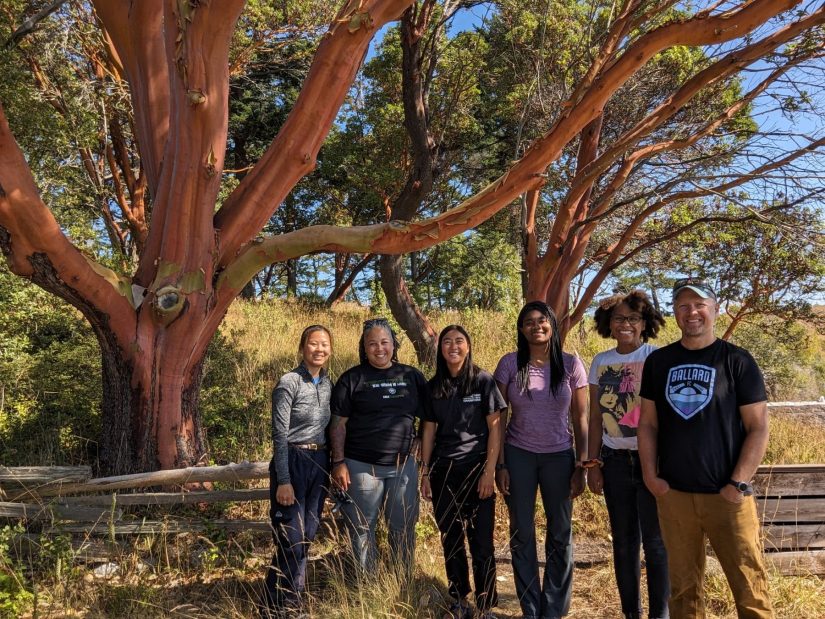Marine science mentoring over the summer at FHL
Spending the summer at Friday Harbor Labs (FHL), SAFS grad student Chris Mantegna mentored four students – two as part of the NSF-funded Research Experience for Undergrads-Blinks (REU) program and two as part of the Doris Duke Conservation Scholars Program (DDCSP). During the program, students get to collaborate on a research project with their scientist-mentor to build marine research skills.
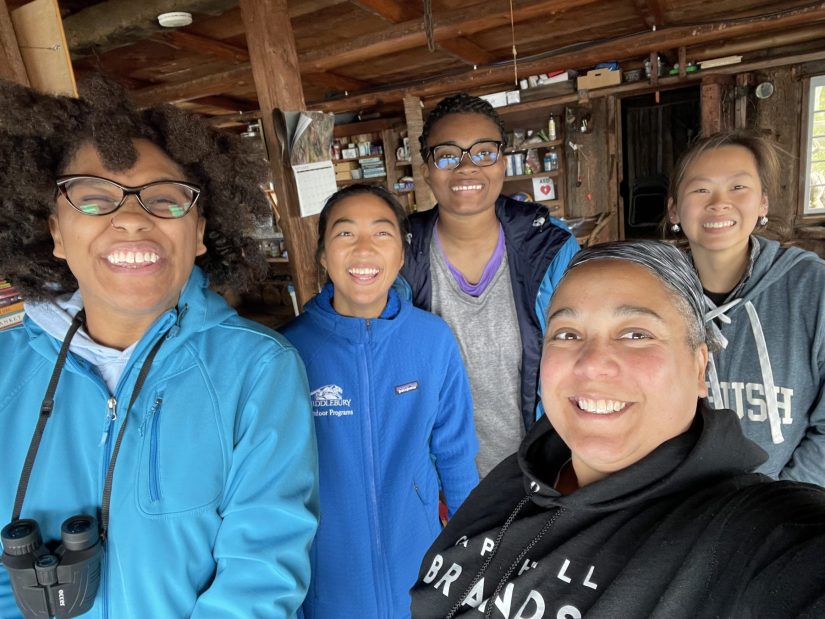
Specifically geared towards enhancing diversity within the marine sciences, the program welcomes students from underrepresented groups. This year, Chris’ students came from institutions across the US, including Kentucky, Massachusetts, Vermont and North Carolina, to work with her on an intertidal monitoring survey on Yellow Island in the Salish Sea.
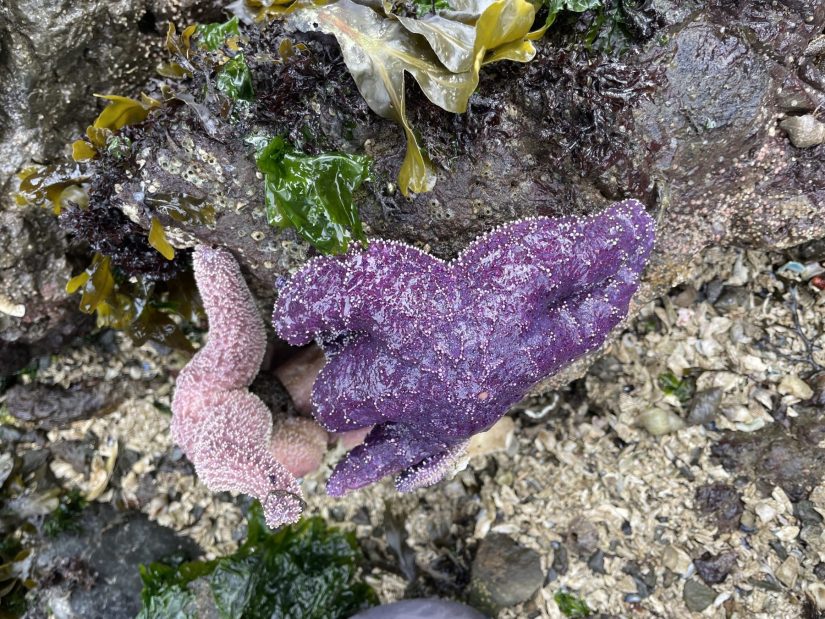
The REU-Blinks program based out of FHL takes advantage of the pristine environment, remarkable biodiversity, and the scientific and technical resources available at the marine science research facility. The DDCSP program aims to increase diversity in conservation work and allows students from all over the US a chance to participate in a two-year program where second year scholars participate in an onsite internship of their choosing.
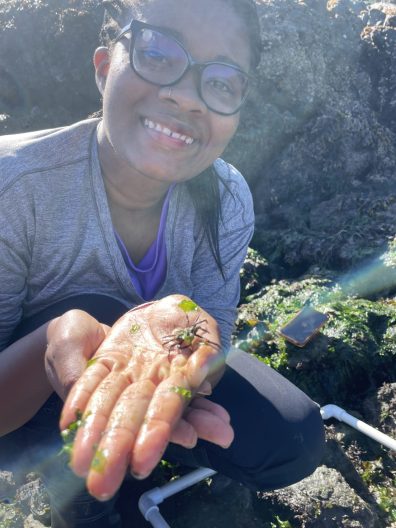
Yellow Island is a nature preserve that The Nature Conservancy purchased in 1980, that also doubles up as a marine reserve, with no boating or fishing allowed within 300 yards of the island. The island is being used by Chris and the research team as a proxy for health in the wider Salish Sea due to the lack of human disturbance.
As part of a wider program sponsored by Black In Marine Science (BIMS) and The Nature Conservancy, Chris restarted a monitoring project to get a better idea of the biodiversity on the island, and this kicked off last year in 2022 with a pilot program nailing down methods for collecting data. This year, with her mentees, the team collected a full season of data, complemented with eDNA work.
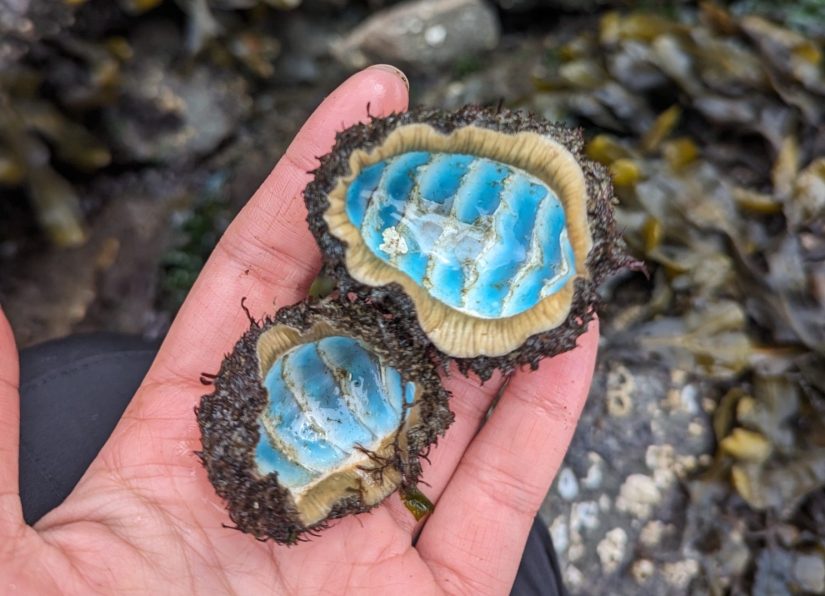
There are other benefits to conducting research in this area. Chris shared that it is a fantastic place to teach marine literacy skills for underrepresented students, in a place where they can be free to ask questions, conduct research, and be present in the space without fear of being harassed or threatened while working. Framing it as a learning ecosystem, the idea is also to teach students how to get the information they need for their research in the least invasive way. The primary drivers of this research are supporting the needs of community partners as part of the Yellow Island Program, with the overarching objective to provide useful information and science to local Salish Sea communities.
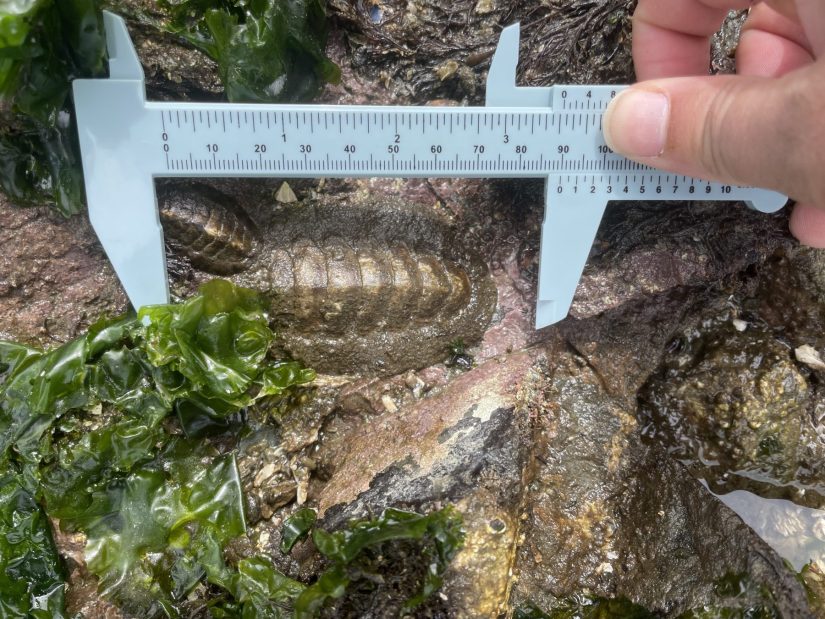
One partner, the Lopez Island Family Resource Center (LIFRC), led by Quaniqua Williams, DEI Consultant for LIFRC, came out with a group of families to celebrate Juneteenth and learn about the island and a little bit of intertidal ecology. Throughout their time on the island, Chris and the team supported other REU and DDCSP members coming out to learn about what their work, as well as sharing the research with the the greater Friday Harbor community via a workbook created by Carley Bishop and Kamryn You Mak, the DDCSP scholars on the island.
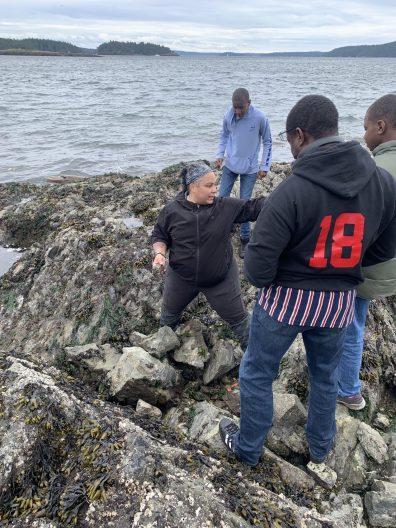
After a summer of fieldwork, both DDCSP and REU students were able to present their work, methods, findings, and how they grew in their skills to external audiences.
Intending to bring projects such as these to a wider group of students, Chris worked with a team at UW to design a program to couple environmental literacy skills with art, to create a way to teach intertidal ecology in a more inclusive and intuitive way. The creativity and joy of art has many similar applications in science – touching cool stuff, drawing things seen in the field, going out to beautiful locations, listening to the sounds of nature.
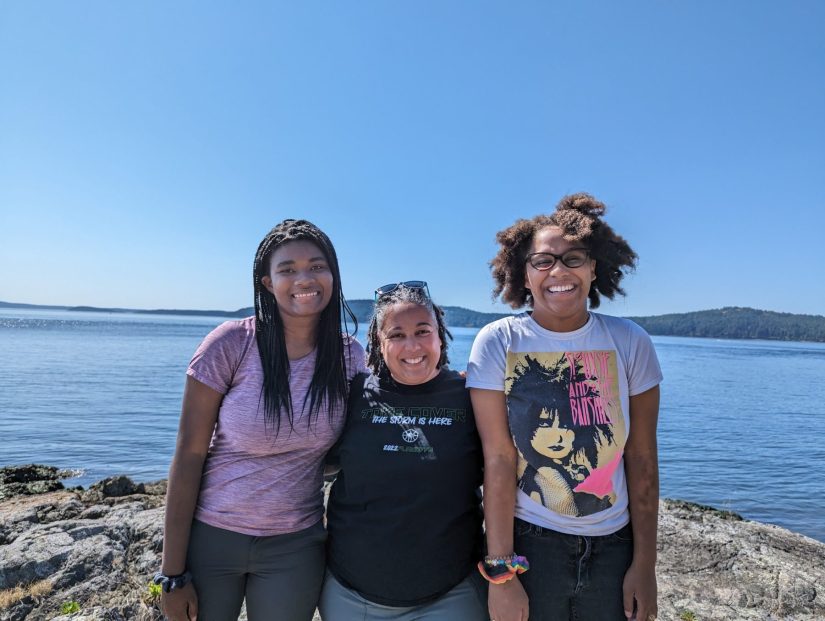
Awarded the Innovation Grant by UW EarthLab in April 2023, the Yellow Island work inspired this proposal, which aims to empower students from underserved communities, who have historically been excluded from environmental science, to engage with the intertidal ecosystem as equal partners students. The program building kicked off in August 2023 and will include different aspects like teaching using art and experiential tools, and applying this in the field with real, hands-on experience. It is bringing together experts in art, pedagogy, and marine science to really bring to life art and science for students, with a true run with students in late Spring 2024.
